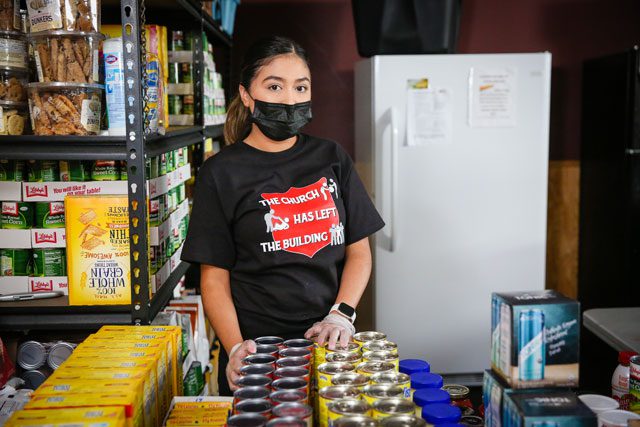Ed. note: Lt. Colonel Carolyn Peacock reports that April is Child Abuse Prevention Month. “Major Cynthia Lowcock has written some specific and helpful information for our consideration as we observe April as Child Abuse Prevention Month,” Peacock said. “Take time to read her article–you’ll be glad you did.”
 Major Cynthia Lowcock |
BY MAJOR CYNTHIA LOWCOCK –
In one brief, unintentional moment the life course of a child can be tragically changed forever.
Take Sally, for example. A bright 3-year-old, she never had a chance to rice a bicycle or learn to swim. She was raped and killed by her mother’s boyfriend. Sadly, she was one of a growing number of children who was a victim of abuse by friends or family members.
The irrational acts of adults upon children in the U. S. increases each year. In 1998, 903,000 children were victims of maltreatment nationwide, and an estimated 1,100 children died of abuse and neglect. Children younger than 4 accounted for more than three-quarters of all fatalities, which were committed predominately by parents or relatives.
April is designated as National Child Abuse Prevention month to help bring attention to this human tragedy. It is by our awareness of child abuse issues that we can join in its prevention.
Generally speaking, child abuse means that someone under the age of 18 is emotionally, physically or sexually hurt or taken advantage of by an adult, or is neglected by their adult caregiver. The main types of child abuse are:
- Physical Abuse: Any non-accidental injury to a child.
- Emotional Abuse: Any attitude or behavior that interferes with a child’s mental health or social development.
- Sexual Abuse: Any sexual act between an adult and child or forced observation of sexual acts.
- Physical Neglect: Failure to provide for a child’s physical needs.
- Emotional Neglect: Failure to provide affection and support necessary for the development of emotions, physical and intellectual well being of a child.
The reasons people abuse children are as varied as the types of abuse. Poverty, lack of education, and mental illness are just a few of the possible factors that contribute to abusive behavior. You can become aware of potential abusive situations by observing the behavior of children and adults. Is the child unnecessarily anxious or depressed? Are they irrational about personal space and privacy? Do they demonstrate anger and emotional outbursts? These behaviors can be signs that abuse is taking place.
Does the adult have a tendency to show little concern for the child? Do they see the child as worthless or burdensome and too often use physical discipline if the child misbehaves? The abuser may look primarily to the child for attention and satisfaction of their own emotional needs, rather than focus on the needs of the child.
The best way to protect children from abuse is to be involved and aware of their movements and activities. Teach children about good and bad touching and keep the lines of communication open. Believe the child if they come forward with allegations of abuse and immediately contact local authorities.
In one brief, but intentional moment you can help safeguard our children. Be aware and be proactive for the protection of children. For information about child abuse and national and state reporting procedures contact:
* National Clearinghouse on Child Abuse and Neglect
* The National Committee to Prevent Child Abuse – Hotline: 1 800 55-NCPCA
* Childhelp.USA – 1 800 4-A-CHILD










